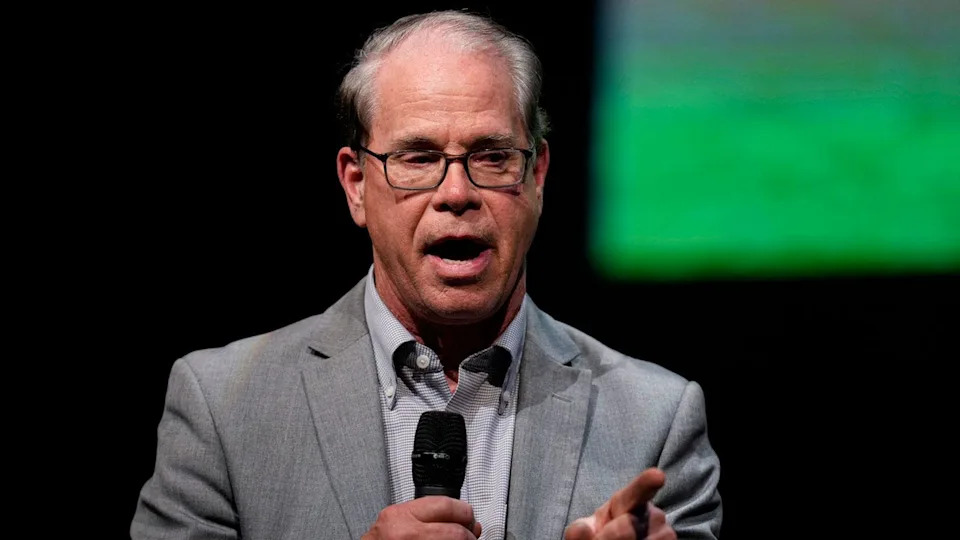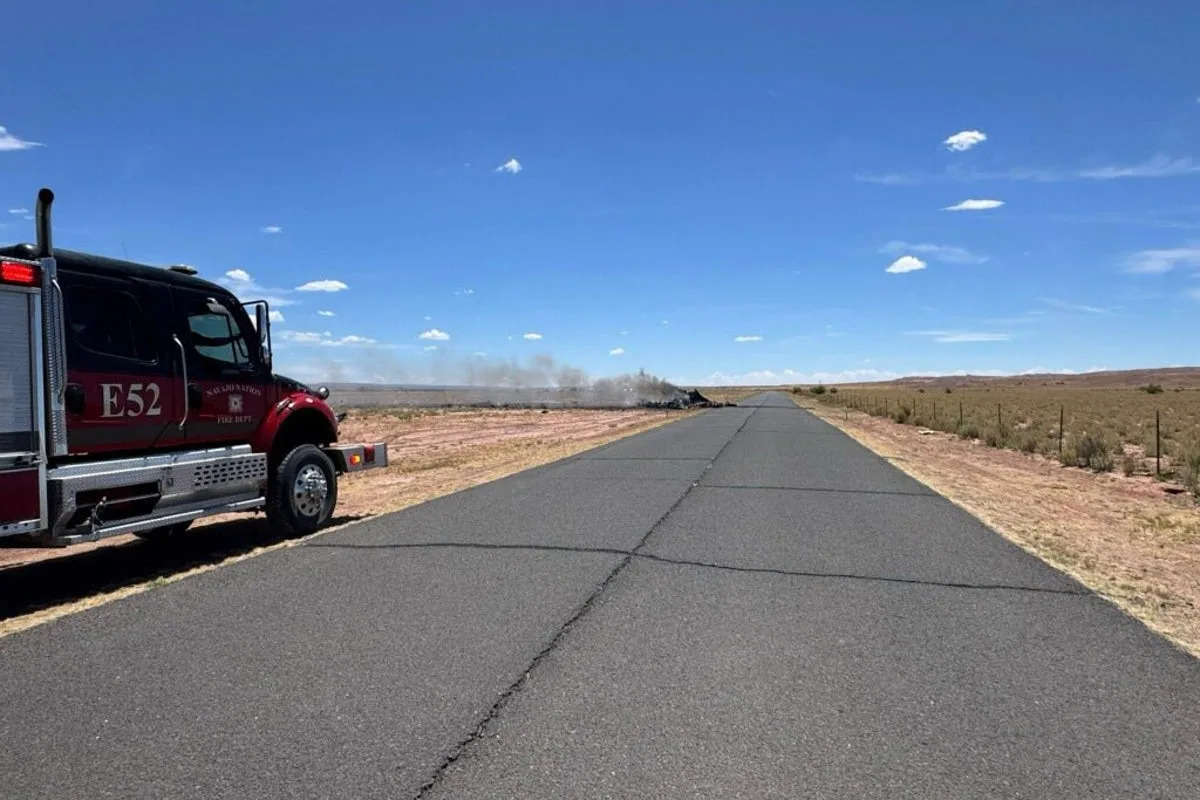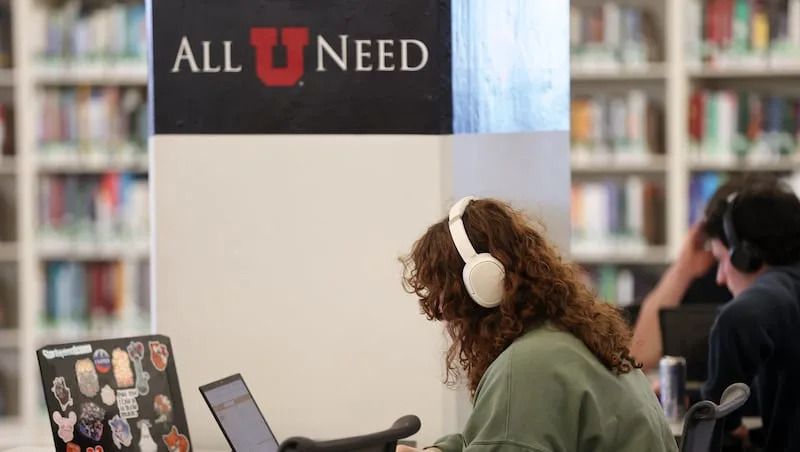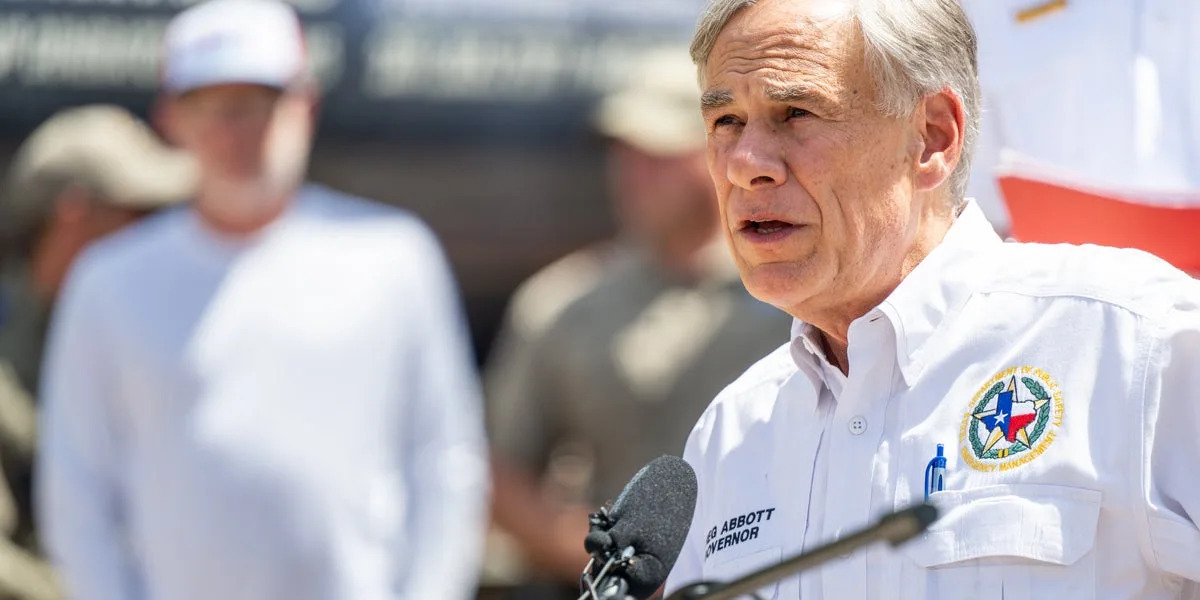
University of Tennessee at Knoxville students will be on campus for the fall semester before the season officially changes. If the Aug. 18 return to class seemed to sneak up, this guide is for you.
First-year students shouldn't worry; there's plenty of time to get acclimated to UT campus life before the first football game at Neyland Stadium, a rite of passage for new Volunteers.
But even for students who are returning, there's always more to discover about the campus and its landmarks, programs, teams and traditions.
We've created this handy A-to-Z guide to build or brush up on your UT knowledge. Explore the guide to learn more about the univeristy's history and its plans for the future.
U is for University of Tennessee!
A is for Ayres Hall, an iconic UT landmark located on top of The Hill. Opened in 1921, the building is home to the College of Arts and Sciences, as well as the Math Department. It's also a hot spot for graduation photos.
B is for Big Orange Friday, when UT encourages students and all other Volunteers to wear the appropriate Vol orange (not to be confused with the other UT's burnt shade) on Fridays.
C is for Checkerboard, a recognizable feature of Neyland Stadium and UT game days that dates back to 1964, when head coach Doug Dickey introduced this design. UT has used the design to "Checker Neyland" by directing fans to wear either orange or white based on their seats to recreate the design in the stadium.
D is for Dorm Life. UT has a few old dorms on campus, and the university will open two new ones for the fall semester. UT will house around 9,000 students this year in apartment-, community- and hall-style dormitories.
E is for Entertainment District. In an ambitious project, UT is converting the G10 parking garage near Neyland Stadium into the Neyland Entertainment District with a hotel, restaurants and access to the stadium. The project is projected to cost $167 million and is slated to be completed in two phases in 2027 and 2028.
F is for Flex Plan. This is the mandatory meal plan option for students that comes with $300 loaded onto their Vol Card. This can be used at restaurants or dining halls. Other meal plans start at $600 and reach up to $2,583. UT increased the meal plan rates by 3.6% for this year, equivalent to an increase of between $21 and $90 depending on the plan.
G is for G10 Parking Garage. Before it becomes the Neyland Entertainment District, the G10 garage is a top parking spot on campus near the sports complexes and the College of Communication and Information. The garage wasn't spared in UT's parking overhaul implemented in 2024, with new zones and permits sold to students based on seniority.
H is for Hodges Library, named for UT professor and library benefactor John C. Hodges. The main library on campus, it houses One Stop student services, classrooms and a Starbucks. Floors three through six contain the library's extensive collection, available 24 hours a day during the semester.
I is for Ice Cream at the UT Creamery, 2712 Neyland Drive. The UT Creamery is a partnership between the Herbert College of Agriculture and the College of Education, Health and Human Science, with the assistance of the Rocky Top Institute. Students make and serve the ice cream while conducting research.
J is for Joe Johnson Drive. Named for a former UT System president, Joe Johnson Drive connects the main campus to the agricultural campus. It's one of several well-known streets snaking through campus, including Cumberland Avenue, Peyton Manning Pass, Todd Helton Drive and Volunteer Boulevard.
K is for Knoxville. The city is the main designation within UT's name to differentiate it within the statewide UT System. Students visit downtown Knoxville on weekends to go out to dinner, shop and visit the many bars populating Gay Street, Market Square and the Old City.
L is for Lady Vols, the prestigious women's athletics teams. The most prolific is the Lady Vols basketball program, with its historic run under the leadership of head coach Pat Summitt. Diagnosed with early onset Alzheimer's, Summitt resigned following the 2011-12 season after leading the program through 1,098 games, eight national championships and a combined 32 SEC championships. Summitt died in 2016.
M is for McClung Museum of Natural History and Culture, a free activity for students and Knoxvillians alike. The museum offers research and learning opportunities with long-term exhibits on display, including "Homelands: Connecting to Mounds through Native Art" co-curated by representatives from four Native Nations and featuring works by 17 Native American artists.
N is for Neyland Stadium, named for head coach Gen. Robert Neyland. Originally completed in 1921, the stadium has grown to become the eighth largest stadium in the world, seating 101,915 fans in the stands. It's also one of the loudest stadium environments in college football, and that's all courtesy of the fans (despite what some announcers might think).
O is for Off-campus Housing. While UT is updating its campus housing facilities, private developers have been reshaping Knoxville with new student-focused apartments. Three new buildings are opening on or near Cumberland Avenue for the fall semester - two for Hub Knoxville, along with one massive complex called The Mark.
P is for Pedestrian Bridge, a project spearheaded by the city of Knoxville. The planned bridge would connect the South Waterfront to the UT campus near Thompson-Boling Arena at Food City Center, giving pedestrians and cyclists another option for crossing the Tennessee River. The project is estimated to cost $60 million.
Q is for Quantum, which relates to light and atoms within physics. The Knoxville campus is investing in quantum research and initiatives, with the UT System planning to expand its breadth of knowledge in the field. Knoxville campus Chancellor Donde Plowman discussed incorporating quantum research in her plans for new innovation districts.
R is for the Rock, and we're not talking about Dwayne Johnson. Unearthed in 1966, the Rock is a key fixture of free speech on campus. The giant piece of Knox dolomite rests at the corner of Volunteer Boulevard and Pat Head Summitt Street, and students paint it with messages throughout the year. Fun fact: In 2015, it got so hot that layers upon layers of paint melted off the Rock!
S is for Smokey. The cute bluetick coonhound is one of the university's mascots, greeting fans in both real K-9 form and as a costumed student (which the university unveiled for the first time in May). The UT Pep Club settled on the dog breed and held a halftime contest during a football game against Mississippi State in 1953. Since then, 11 hounds have had the Smokey moniker.
T is for Torchbearer, a symbol of the university and the Volunteer Spirit, originally adopted in 1931. The statue in Circle Park, standing 26 feet tall and holding an eternal gas-fueled flame, was erected in 1968. A plaque displays the Volunteer Creed: "One that beareth a torch shadoweth oneself to give light to others."
U is for UT Gardens and, by extension, the university itself. The UT Gardens is a lovely fixture on the agricultural campus and is free to visit. It's one of three sites designated as a State Botanical Garden of Tennessee!
V is for Vol Edge, a newer program helping students feel prepared for life after college. The program launched in the Division of Student Success and will implement its final phase by the fall 2026 semester.
W is for Woo, the stinger line in the chorus for "Rocky Top." UT is unsure when fans added "woo" to "Rocky Top" during gamedays and beyond, but the song itself was first played for the Volunteers in 1972 during a game against Alabama. The rendition played by UT's Pride of the Southland Marching Band is a "jazzed up" version introduced in 1974, according to UT.
X is for eXtra Curriculars. UT offers tons of programs for students, from clubs to athletic facilities to student media outlets. Whatever your niche is, UT likely has something representing your interests!
Y is for Year 2030, when the UT System plans to reach 71,000 combined students enrolled across the five campuses. The Knoxville campus broke its enrollment record last fall semester with 38,728 students enrolled. For this semester, the Knoxville campus projects 40,705 students to be enrolled on campus and online. In 2030, the Knoxville campus projects to have 41,00 in-person students and another 15,000 enrolled online.
Z is for Zeanah Engineering Complex, one of the largest buildings on campus. The complex services engineering students, including UT's top-ranked nuclear engineering graduate program. UT is building giant facilities for the Chemistry Department, the Division of Student Success and the Haslam College of Business.
Keenan Thomas reports on higher education for the Knox News business growth and development team. You can reach him by email at [email protected].
Support strong local journalism and unlock premium perks at knoxnews.com/subscribe.
This article originally appeared on Knoxville News Sentinel: University of Tennessee at Knoxville from A to Z: Explore campus facts








Comments